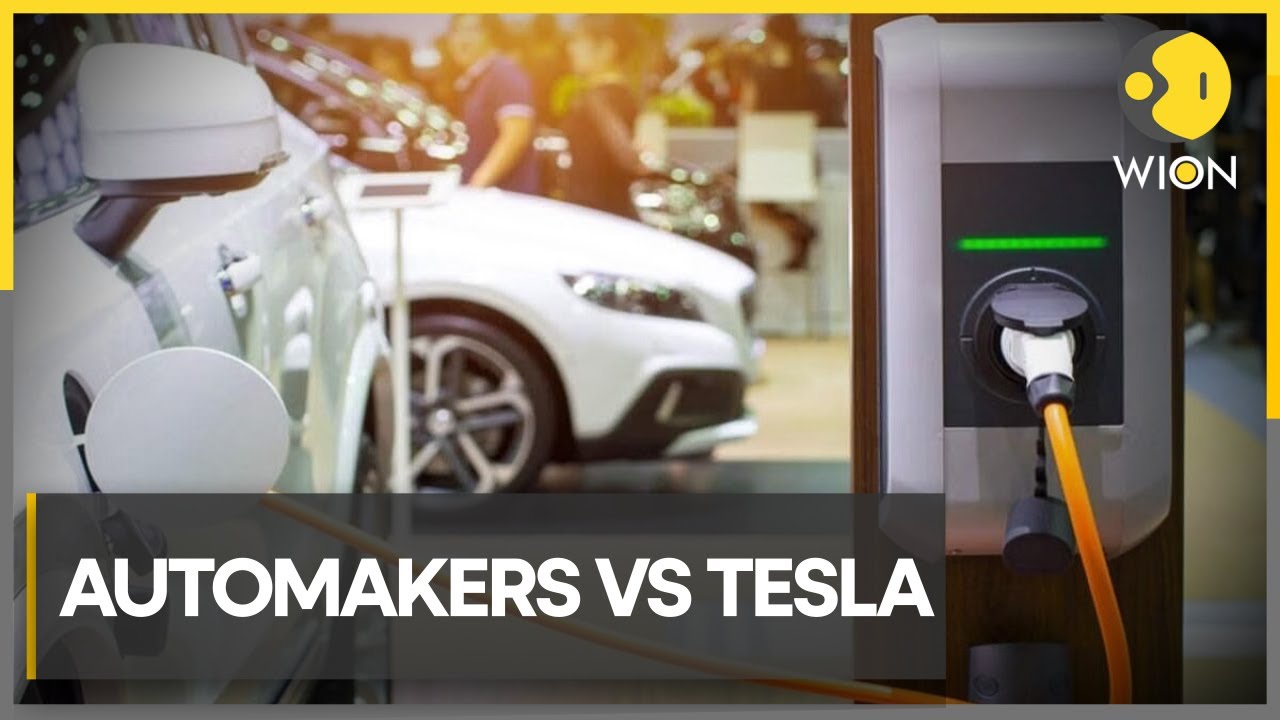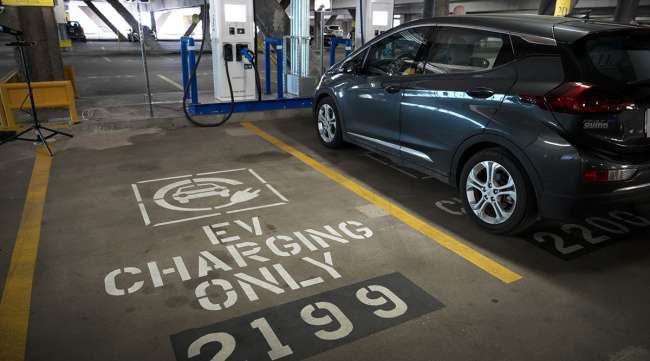Leading EV Charging News: Key Updates on Facilities and Technology

Recent Developments in Fast-Charging Innovation

Moreover, improvements in battery modern technology, including boosted thermal management systems and greater power density batteries, complement fast-charging capacities. These developments alleviate the threat of battery degradation throughout quick charging, guaranteeing durability and efficiency for EV owners.
Furthermore, the combination of clever charging services is boosting customer experience, enabling real-time tracking and vibrant rates models. EV Charging news. This flexibility enables vehicle drivers to optimize charging times and costs based upon grid demand
As car manufacturers continue to buy fast-charging networks, the collaboration between sector stakeholders is essential. Collaborations in between billing station companies and vehicle suppliers are leading the way for considerable insurance coverage, inevitably fostering a more robust EV ecosystem. These developments are critical in supporting the shift to sustainable transportation.
Government Initiatives for Billing Development
Federal government campaigns play an essential duty in the development of electrical automobile (EV) charging infrastructure, helping with the transition to sustainable transport. Numerous federal and state programs are being executed to enhance charging access, lower the monetary problem on consumers, and promote the fostering of electric cars.
Notably, the united state federal government has allocated substantial financing with the Infrastructure Financial Investment and Jobs Act, which allocates $7.5 billion for EV charging network growth throughout the nation. This financing is targeted at deploying thousands of brand-new charging terminals, especially in underserved areas, therefore attending to range anxiousness among potential EV customers.
Furthermore, countless states are passing legislation to simplify the permitting procedure for charging terminal setups, which is essential for increasing implementation. Incentives such as tax credit ratings and discounts for both consumers and organizations are also being presented to encourage the setup of charging facilities.
Additionally, public-private collaborations are increasingly coming to be a focus, leveraging personal financial investment to complement government financing. These initiatives highlight a collaborative method important for building a extensive and reliable EV charging network, ultimately contributing to a greener and more lasting future.
Ingenious Battery Solutions Enhancing Performance
Transforming the landscape of electric vehicle (EV) technology, ingenious battery options are substantially enhancing performance and performance. Advancements in battery chemistry, especially with lithium-sulfur and solid-state batteries, are resulting in enhanced power density, which permits longer arrays and faster charging times. These new battery kinds have the possible to surpass traditional lithium-ion batteries by using greater abilities while reducing weight, thereby boosting overall vehicle effectiveness.
Moreover, advancements in battery management systems (BMS) are enhancing power usage and extending battery life expectancy. Intelligent algorithms monitor battery health and performance, enabling real-time changes to billing and releasing processes. This not only enhances the efficiency of the battery but additionally makes certain an extra trusted and lasting energy resource for EVs.
Moreover, the combination of recycling technologies is resolving the ecological effect of battery production and disposal. Technologies in second-life applications for EV batteries are promoting their use in power storage space systems, adding to a round economic situation.
As these ingenious battery solutions proceed to progress, they promise to change the EV market, making electrical vehicles extra easily accessible and attractive to a wider target market while sustaining global sustainability objectives.

Collaboration Between Automakers and Charging Networks
Acknowledging the critical requirement for a durable billing framework, automakers are progressively teaming up with billing network companies to improve the EV ownership experience (EV Charging news). These partnerships aim to create Learn More a seamless charging ecosystem that profits customers and sustains the shift to electrical cars
Major automobile brands are joining forces with established billing networks to increase their billing station coverage, ensuring drivers have accessibility to trustworthy and practical charging options. Collaborations with networks like ChargePoint and Electrify America enable automakers to incorporate charging remedies straight into their lorries' navigation systems, leading individuals to read the article the nearest terminals and offering real-time schedule updates.
Moreover, these collaborations usually lead to the growth of fast-charging innovations that significantly minimize the time required to recharge an EV. By pooling sources and competence, automakers and charging networks can introduce faster, developing solutions that satisfy the expanding demand for electrical mobility.
On top of that, joint initiatives may additionally lead to even more standard charging procedures, which can relieve consumer complication and advertise broader EV adoption. On the whole, these tactical partnerships are crucial in building a reliable and easy to use charging facilities that meets the requirements of an expanding electric automobile market.
Obstacles Encountering EV Billing Infrastructure
As the electric automobile market remains to expand, numerous obstacles are appearing that impede the development of a thorough billing infrastructure. Among the key obstacles is the not enough variety of billing terminals, particularly in rural and underserved city locations. This void creates range anxiety among potential EV buyers, discouraging them from making the click here now switch.
In addition, the absence of standardization in charging technology makes complex the facilities landscape. Variations in plug kinds and charging rates can develop confusion for customers and boost operational intricacies for charging network operators.
An additional pressing concern is the high expense related to the installment and maintenance of billing stations, which can be a barrier for both public entities and exclusive companies. Lastly, governing obstacles and zoning restrictions can postpone the deployment of billing infrastructure, restraining development in increasing vital services. Addressing these difficulties will certainly be important for cultivating a robust EV environment that supports the shift to lasting transportation.
Final Thought
To conclude, the recurring developments in EV charging innovation, sustained by substantial federal government initiatives and innovative battery options, are crucial for the expansion and efficiency of electric car facilities. Cooperations in between car manufacturers and billing providers even more improve station insurance coverage, resolving the expanding need for accessible charging options. Regardless of obstacles that continue within the EV charging landscape, these advancements indicate a favorable trajectory in the direction of a more lasting and reliable electric automobile ecosystem.
Developments in charging infrastructure have actually led to the growth of ultra-fast chargers capable of supplying up to 350 kW of power, dramatically lowering billing times. Variations in plug kinds and billing speeds can create complication for customers and boost operational intricacies for billing network operators.In conclusion, the recurring improvements in EV charging technology, sustained by considerable government campaigns and ingenious battery solutions, are crucial for the development and effectiveness of electric automobile facilities. Collaborations in between automakers and billing companies further boost station insurance coverage, attending to the growing need for accessible billing options. Regardless of challenges that linger within the EV charging landscape, these advancements signify a favorable trajectory in the direction of a much more reliable and sustainable electrical lorry community.